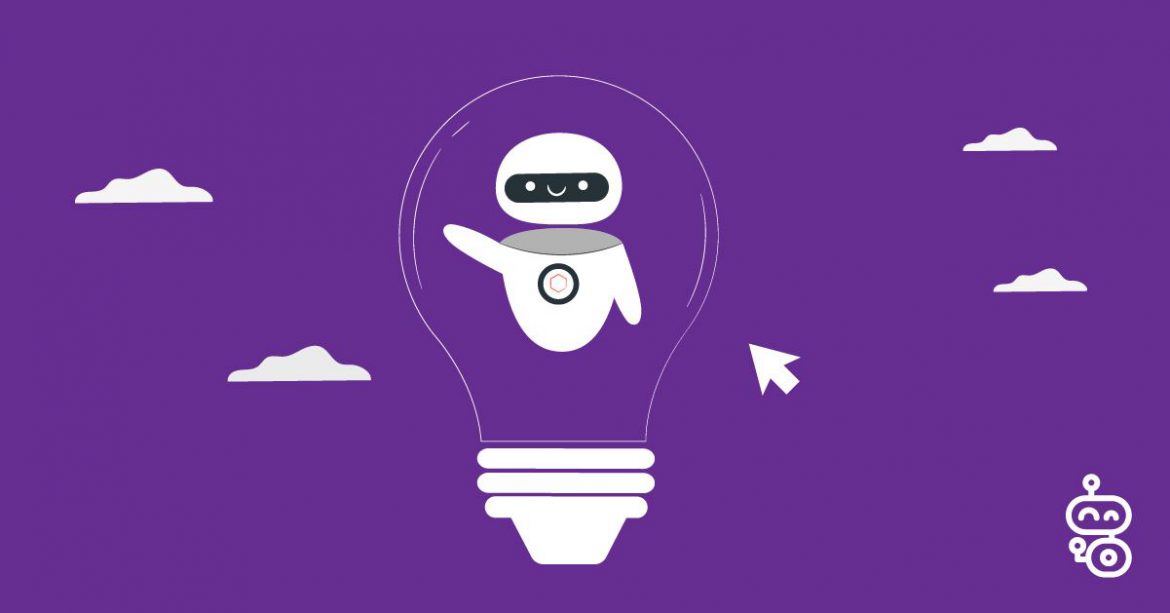What’s with all the hype around artificial intelligence?
When thinking of artificial intelligence, we remember being beaten by our computer during a solitaire card game, or we imagine robots that can think like humans. In the worst case, Artificial Intelligence refers to post-apocalyptic scenarios where robots take control of the world. However, AI is more of that. It has become an essential part of the technology industry and like all the technology trends before, it generates hype.
The advantages of AI
AI is the buzzword of the decade. It takes the relay on ‘Personal Computer’ that appeared in the 1980s, the 1990s’ ‘WWW’ and the ‘smartphones’ of the 2000s. AI has many advantages that explain its popularity, whether for personal lifestyle, health, R&D and security. Indeed, it helps to increase your work productivity and avoids doing mundane tasks such as organising files or paying rent. It comforts in decision making and speeds the process of taking actions. Using AI is also a great way to avoid errors and compared to humans who need some sleep to survive, AI works 24/7.
Some examples of how AI can improve our lives are:
- AI can help us communicate better with people from different languages and cultures. For instance, Google Translate can translate text, speech, and images in over 100 languages.
- AI can help us diagnose and treat diseases, as well as monitor our health and well-being. For example, IBM Watson can analyse medical data and provide insights for doctors and patients.
- AI can help us discover new knowledge and solve complex problems. For example, AlphaGo, a program developed by Google’s DeepMind, can play the ancient board game Go and beat the world’s best human players.
- AI can help us protect ourselves and our environment. For example, drones can be used for surveillance, rescue, and conservation purposes.
The hype of AI
The hype of Artificial Intelligence comes from the speculation of what it will achieve is so important. It has led to massive invests from government agencies and enthusiastic investors in different domains such as health, R&D, security and aerospace. According to a report by PwC, the global AI in R&D market size was estimated at $26.6 billion in 2019 and is projected to reach $104.8 billion by 2027, registering a CAGR of 18.9% from 2020 to 2027. Machine learning algorithms, computer vision and robotics are one of the different challenges of Artificial Intelligence in which investors expect profitable results. Those billions of investments give a huge boost to the global economy even if it may lead to a speculative bubble, the problem-solving ability of AI seems to be the key to all the pains in the world. Artificial Intelligence has made our lives so much easier and has generated progress in many areas that most of the people can’t wait to see what’s next.
Some examples of how AI can create value and innovation are:
- AI can help us create new forms of art and entertainment. For example, AIVA, an AI composer, can create original music for films, games, and commercials.
- AI can help us optimize our business processes and operations. For example, Amazon uses AI to manage its inventory, logistics, and customer service.
- AI can help us enhance our education and learning. For example, Duolingo, a language learning app, uses AI to personalize its lessons and feedback for each user.
- AI can help us advance our scientific and technological frontiers. For example, NASA uses AI to explore space and search for extraterrestrial life.
The challenges of AI
Will this hype stay around forever? Like the tech trends before it, Artificial Intelligence could be outperformed by another technology. Moreover, its disadvantages could reduce humans to the desire of returning to an era when there was less AI in our environments. Besides the fear of inappropriate use for facial recognition or killer robots, machines and computers are suspicious to slowly replace some jobs. In addition, some people fear to see AI robots surpassing the human brain. Only time will tell if AI lives up to all the hype.
Some examples of how AI can pose risks and challenges are:
- AI can threaten our privacy and security. For example, hackers can use AI to launch cyberattacks, steal data, or manipulate information.
- AI can disrupt our economy and society. For example, automation can replace human workers, create unemployment, or widen the gap between rich and poor.
- AI can challenge our ethics and values. For example, autonomous weapons can make life-and-death decisions, raise moral dilemmas, or cause unintended consequences.
- AI can limit our creativity and diversity. For example, algorithms can reinforce biases, stereotypes, or prejudices, or reduce our human agency and autonomy.
In conclusion, Artificial Intelligence is a fascinating and powerful technology that can bring many benefits and opportunities, but also many risks and challenges. It is important to be aware of both sides of the coin and to balance the hype and the reality. AI is not a magic bullet that can solve all our problems, nor a monster that can destroy all our hopes. It is a tool that can amplify our human potential, but also reflect our human limitations. The future of AI depends on how we use it, and how we use it depends on who we are.


